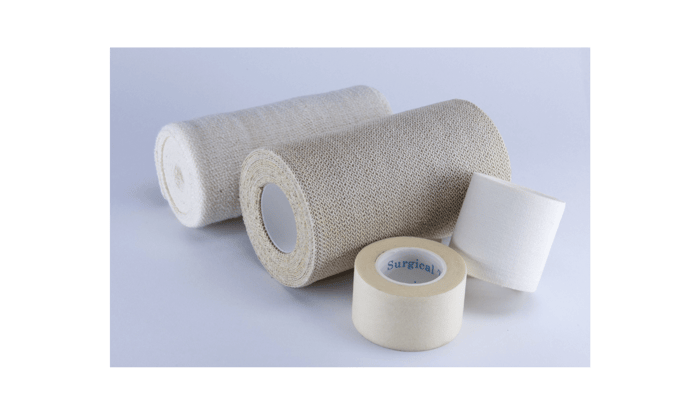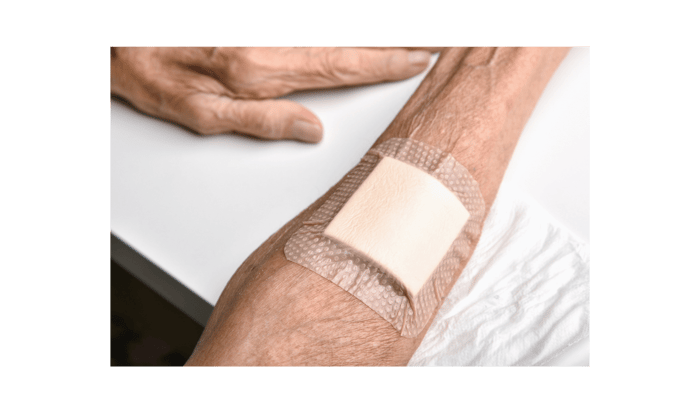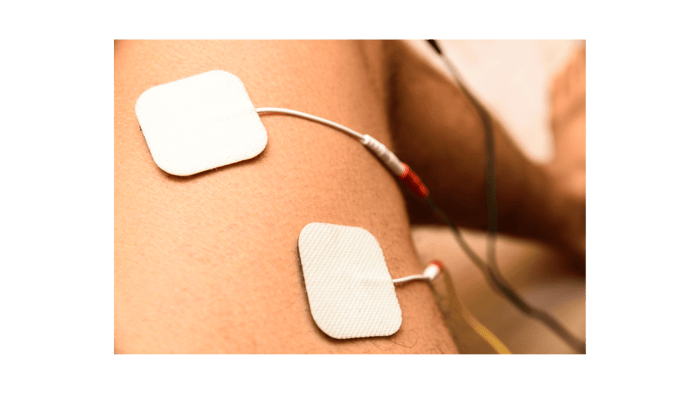Wounds are a part of life, stemming from accidents, medical conditions, or unforeseen causes.
Understanding wound care and healing is essential for choosing the right supplies and treatments to ensure a full recovery. This simplifies the task of choosing the most suitable wound care supplies and treatment path for achieving a full recovery.
Let's look at the traditional four phases of wound care, to help you make informed decisions on your healing journey.
Phase 1: Stopping the Bleeding (also known as Hemostasis)
The wound healing process commences with the hemostasis phase. Its primary aim is to create an environment where blood can clot at the wound site, arresting further bleeding and initiating the repair process.
Clot Formation: When an injury occurs, blood vessels constrict to minimize blood loss. Platelets in the bloodstream come together to form a clot, sealing the wound.
Phase 2: Inflammation
Swelling and Redness: Inflammation often manifests as swelling, redness, warmth, and, at times, pain around the wound.
Immune Response: The body dispatches neutrophils, a type of white blood cell, to the wound site to combat infection and remove debris.
Tissue Repair: Inflammation also promotes the formation of new tissue while reducing bacterial presence.
Phase 3: Tissue Regeneration (Proliferative)
The proliferative phase centers on the reconstruction of new tissue that seals the wound. During this phase, a combination of collagen and extracellular matrix forms the foundation of fresh tissue. Simultaneously, new blood vessels develop within the tissue to supply essential nutrients for growth and vitality.
Phase 4: Maturation - Strengthening and Refinement
The maturation phase marks the culmination of the wound healing process. Collagen undergoes natural changes, enhancing the texture, elasticity, and strength of the new tissue. At this point, the wound begins to close, and any cells no longer required for healing start to recede. For instance, a scab, once vital for protection, will naturally fall away as it becomes obsolete.
Choosing the Right Wound Care Supplies
Selecting the appropriate wound care supplies is crucial for a successful recovery. Here are some essential considerations:
- Identify the Nature of the Wound: Not all wounds are the same. Assess the wound's characteristics, including depth, width, and trauma, to determine the most suitable supplies.
- Foreign Matter Removal: Thoroughly clean the wound by eliminating any foreign materials that could impede healing.
- Filling and Closing the Wound: In some cases, sterile materials may be required to fill the wound temporarily. Ensure that any materials used for packing are sterile and free from residues.
- Appropriate Bandaging: Choose appropriately sized bandages with adequate padding to cover the wound and absorb fluids. Opt for water-resistant options to maintain an optimal healing environment.
- Addressing Inflammation and Infection: Employ wound care products that safeguard the tissue while allowing for cold compresses to alleviate swelling. Proper cleaning, dressing, and the use of ointments can help prevent infections.
- Regular Dressing Changes: Continuously monitor the wound's progress and adjust wound care products according to the healing stage.
- Wound Drainage: In some instances, wound drainage may be necessary to expedite healing. Regular maintenance and cleanliness are essential when using drainage solutions.
- Physical Activity Limitations: During the initial stages of wound care, restrict physical activity to prevent reopening the wound. Adhere to your healthcare provider's guidance on activity restrictions.
Declaring the Wound Healed
As you approach the end of your wound care journey, it will conclude with a healthcare professional confirming that the wound has healed completely. At this stage: Healthy tissue will have fully replaced the wound, showcasing the success of the healing process. You can consider switching to lighter bandages for ongoing protection. Ensure any unused wound care products are stored properly for potential future requirements.
Conclusion
Understanding the phases of wound care and making informed choices about supplies can significantly impact your healing journey. Healing takes time, but with the right care and patience, you can achieve a successful recovery and regain your well-being. Remember, your health is invaluable, and proper wound care is a vital step toward maintaining it. While most wound care should be covered by insurance, be prepared for potential additional expenditures on medical products recommended by your doctor to support your healing process.










